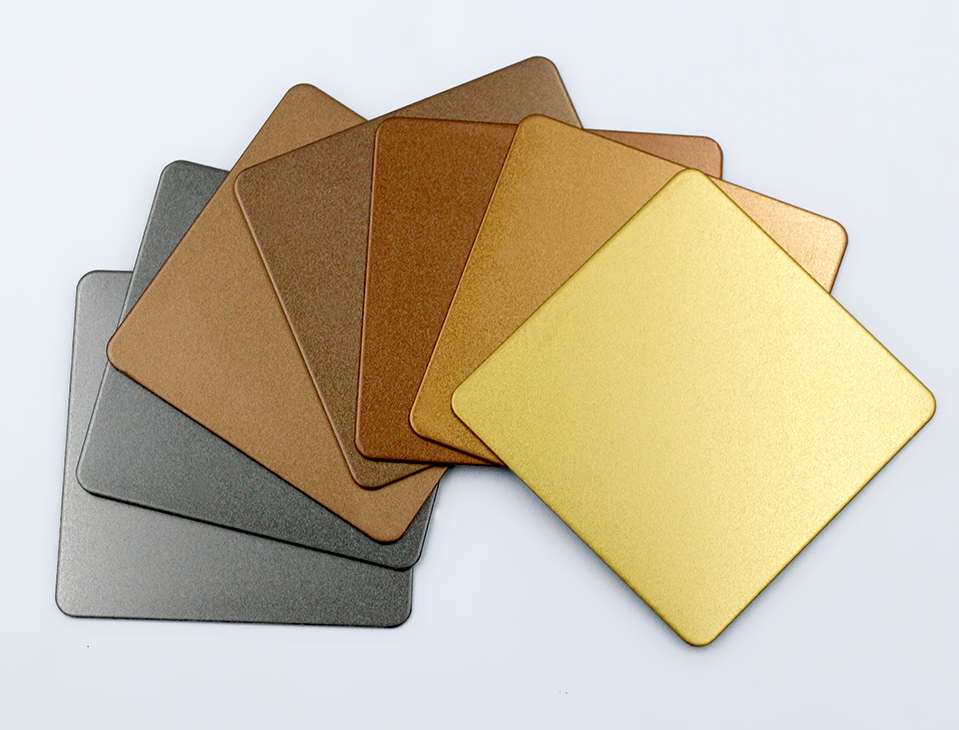Stainless steel sandblasting plates, like stainless steel blasting plates used in abrasive blasting processes, are designed to withstand the abrasive forces generated during sandblasting operations. They share many of the same advantages and disadvantages, with some specific considerations related to the use of sand as the abrasive material. Here are the advantages and disadvantages of stainless steel sandblasting plates:
Advantages:
-
Corrosion Resistance: Stainless steel is highly resistant to corrosion, making it ideal for environments with exposure to moisture and abrasive materials like sand.
-
Durability: Stainless steel is known for its durability, which is essential in sandblasting applications where abrasive particles are repeatedly impacting the plates.
-
Longevity: Stainless steel plates have a longer lifespan compared to plates made of other materials, reducing the need for frequent replacements and maintenance.
-
Easy Cleaning: Stainless steel surfaces are easy to clean, which is beneficial for maintaining cleanliness in sandblasting operations and preventing contamination of the abrasive material.
-
Temperature Resistance: Stainless steel can withstand a wide range of temperatures without losing its structural integrity, making it suitable for various environmental conditions.
-
Low Maintenance: Stainless steel plates require minimal maintenance, reducing downtime and costs associated with repairs or replacements.
Disadvantages:
-
Cost: Stainless steel is typically more expensive than alternative materials, which can increase the initial investment cost. However, this cost is often justified by its durability and long-term savings.
-
Weight: Stainless steel plates are heavier than some alternative materials, which can make handling and installation more challenging, especially for large plates.
-
Conductivity: Stainless steel is a good conductor of electricity, which may not be suitable for applications where electrical conductivity is a concern.
-
Brittle Fracture: In extremely cold temperatures, certain types of stainless steel can become more brittle and prone to fracture. This is typically less of a concern in sandblasting applications.
-
Initial Investment: The higher cost of stainless steel plates may deter some users with budget constraints from choosing them as the preferred material for sandblasting plates.
-
Specialized Application: Stainless steel sandblasting plates may be considered overkill for some sandblasting applications, especially those with low abrasive intensity or infrequent use.
In conclusion, stainless steel sandblasting plates offer many of the same advantages as stainless steel blasting plates, including corrosion resistance, durability, and low maintenance. The choice of using stainless steel or other materials for sandblasting plates should be based on the specific requirements of the sandblasting operation, the abrasive material used, and the available budget.
Post time: Oct-16-2023


